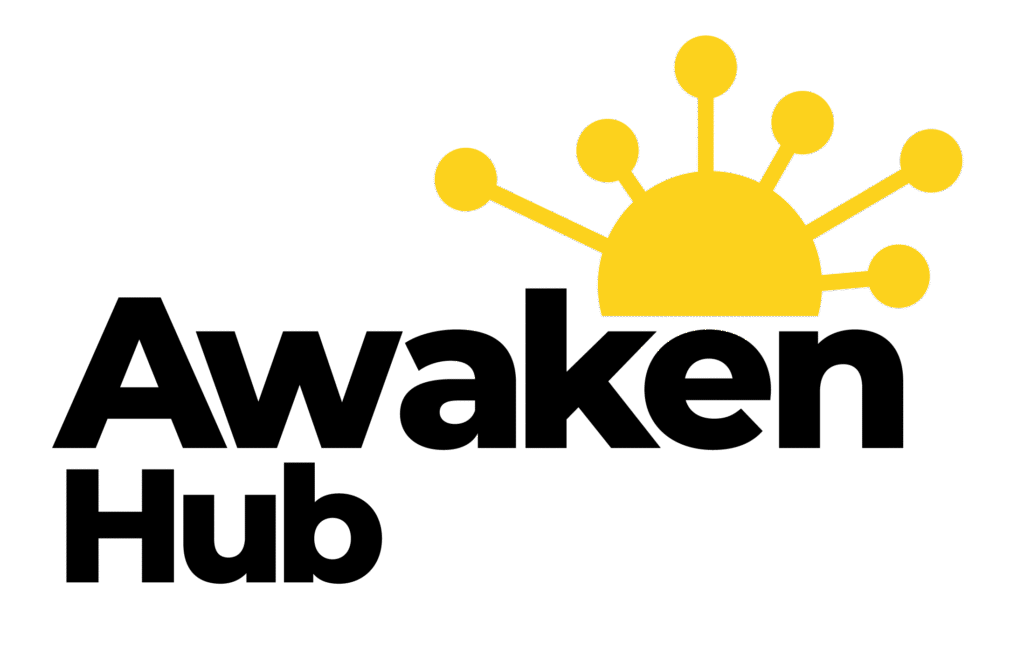Maximising Engagement: The Power of Social Media Integration
In today’s digital landscape, the significance of social media integration cannot be overstated. As you navigate through various marketing strategies,…
In today’s digital landscape, the significance of social media integration cannot be overstated. As you navigate through various marketing strategies, you will find that social media serves as a powerful tool for connecting with your audience. By integrating social media into your overall marketing plan, you can enhance brand visibility, foster customer relationships, and drive traffic to your website.
This integration allows you to create a cohesive brand message across multiple platforms, ensuring that your audience receives a consistent experience regardless of where they encounter your brand. Moreover, social media integration enables you to tap into the vast potential of user-generated content. When customers share their experiences with your products or services on social media, they become advocates for your brand.
This organic promotion not only builds trust but also encourages others to engage with your offerings. By understanding the importance of social media integration, you position yourself to harness these benefits, ultimately leading to increased brand loyalty and customer retention.
Summary
- Social media integration is crucial for businesses to reach and engage with their target audience effectively.
- Leveraging social media platforms such as Facebook, Instagram, and Twitter can help businesses connect with their audience and build brand loyalty.
- Creating compelling content for social media is essential to capture the attention of the audience and drive engagement.
- Utilising social media analytics can provide valuable insights into audience behaviour and preferences, helping businesses tailor their content and engagement strategies.
- Integrating social media with other marketing channels can help businesses create a cohesive and impactful marketing strategy.
Leveraging Social Media Platforms for Engagement
To effectively engage with your audience, it is essential to leverage the unique features of various social media platforms. Each platform offers distinct opportunities for interaction, and understanding these nuances can significantly enhance your engagement strategy. For instance, platforms like Instagram and TikTok thrive on visual content, making them ideal for showcasing products through eye-catching images and videos.
By creating visually appealing posts, you can capture the attention of your audience and encourage them to interact with your brand. On the other hand, platforms such as Twitter and LinkedIn are more suited for real-time conversations and professional networking. Engaging in discussions, responding to comments, and sharing industry insights can help you establish authority in your field while fostering a sense of community among your followers.
By tailoring your approach to each platform, you can maximise engagement and create meaningful connections with your audience.
Creating Compelling Content for Social Media

Compelling content is the cornerstone of successful social media engagement. As you craft your posts, consider what resonates with your audience and how you can provide value through your content. Storytelling is a powerful technique that can captivate your followers and evoke emotions.
By sharing authentic stories about your brand’s journey or highlighting customer experiences, you can create a deeper connection with your audience. Additionally, incorporating a mix of content types can keep your social media presence fresh and engaging. From informative blog posts and entertaining videos to interactive polls and infographics, diversifying your content can cater to different preferences within your audience.
Remember that the key is to maintain a consistent brand voice while experimenting with various formats to see what resonates best with your followers.
Utilising Social Media Analytics for Engagement
| Platform | Engagement Metrics | Key Findings |
|---|---|---|
| Likes, Comments, Shares | Posts with visual content receive higher engagement | |
| Retweets, Replies, Mentions | Tweets with relevant hashtags have increased engagement | |
| Likes, Comments, Story Views | High-quality images and use of stories drive engagement | |
| Likes, Comments, Shares | Long-form content and industry insights generate more engagement |
To truly understand the effectiveness of your social media efforts, utilising analytics is crucial. Social media platforms provide a wealth of data that can help you gauge engagement levels, track audience demographics, and identify trends in user behaviour.
For instance, if you notice that video content consistently garners higher engagement than static images, you might consider increasing your video output. Additionally, monitoring engagement metrics such as likes, shares, and comments can help you identify which topics resonate most with your audience. Armed with this information, you can refine your content strategy to better align with your audience’s preferences, ultimately driving higher levels of engagement.
Integrating Social Media with Other Marketing Channels
Integrating social media with other marketing channels is essential for creating a holistic marketing strategy. When you align your social media efforts with email marketing, content marketing, and even traditional advertising, you create a seamless experience for your audience. For example, promoting a new blog post on your social media channels can drive traffic to your website while encouraging followers to subscribe to your newsletter for further updates.
Moreover, cross-promoting campaigns across different channels can amplify your reach and reinforce your messaging. If you’re launching a new product, consider using social media teasers alongside email announcements and blog posts to build anticipation. This multi-channel approach not only increases visibility but also allows you to engage with your audience in various ways, catering to their preferences and habits.
Building a Community through Social Media

Building a community around your brand is one of the most rewarding aspects of social media engagement. As you interact with your followers and respond to their comments and messages, you foster a sense of belonging that encourages loyalty. Creating spaces for discussion—such as Facebook groups or Twitter chats—can further enhance this sense of community by allowing followers to connect with one another over shared interests related to your brand.
Encouraging user-generated content is another effective way to build community. When customers share their experiences or showcase how they use your products on their own social media profiles, it not only promotes authenticity but also invites others to join the conversation. By celebrating these contributions and acknowledging your followers’ efforts, you reinforce their connection to your brand while inspiring others to engage as well.
Implementing Interactive Campaigns on Social Media
Interactive campaigns are an excellent way to boost engagement on social media while providing an enjoyable experience for your audience. Consider incorporating elements such as quizzes, polls, or contests into your strategy. These interactive features not only encourage participation but also allow you to gather valuable insights about your audience’s preferences and behaviours.
For example, hosting a contest where followers submit photos using your product can generate excitement and encourage sharing among their networks. This not only increases visibility for your brand but also creates a sense of community as participants rally around a common goal. By implementing interactive campaigns, you can create memorable experiences that resonate with your audience while driving engagement.
Measuring the Success of Social Media Integration
Finally, measuring the success of your social media integration efforts is vital for ongoing improvement. Establishing clear goals and key performance indicators (KPIs) will help you assess whether your strategies are effective in achieving desired outcomes. Metrics such as engagement rates, follower growth, website traffic from social media sources, and conversion rates can provide valuable insights into the impact of your efforts.
Regularly reviewing these metrics allows you to identify trends over time and make data-driven decisions about future campaigns. If certain strategies yield positive results while others fall flat, you can adjust your approach accordingly. By continuously measuring success and refining your tactics based on analytics, you ensure that your social media integration remains effective and aligned with your overall marketing objectives.
In conclusion, embracing social media integration is essential for any modern marketing strategy.
Social media integration is crucial for businesses looking to maximise their online presence and reach a wider audience. In a recent article on inbound leads, the importance of incorporating social media into marketing strategies is highlighted as a key way to attract potential customers. By utilising platforms such as Facebook, Twitter, and Instagram, businesses can engage with their target audience and drive traffic to their website. Additionally, integrating SEO techniques, as discussed in another article on how to use SEO for small business, can further enhance the visibility of a company’s social media profiles. For businesses in Dublin, the article on Dublin marketing provides valuable insights into localised strategies that can be implemented alongside social media integration to boost brand awareness and customer engagement.










